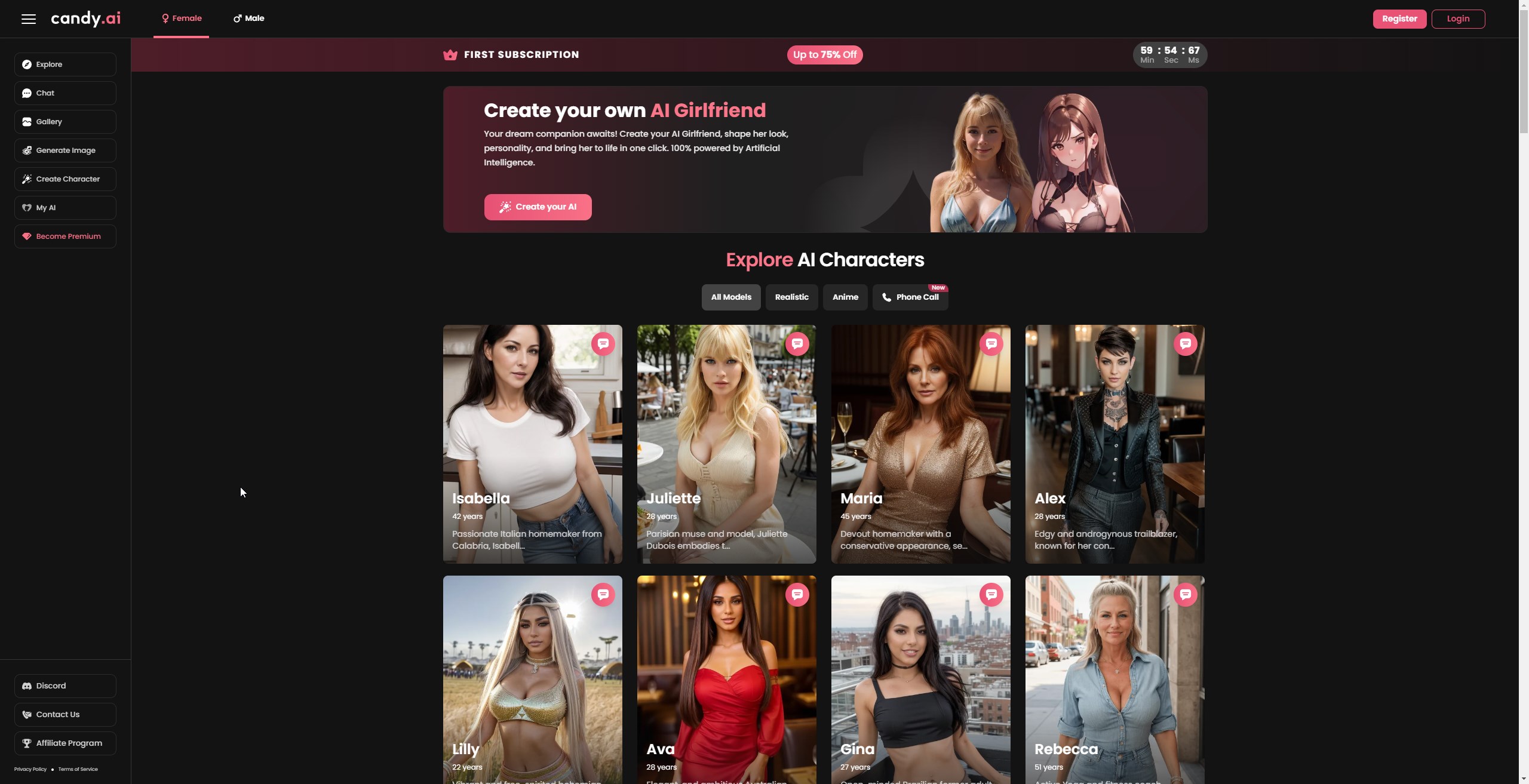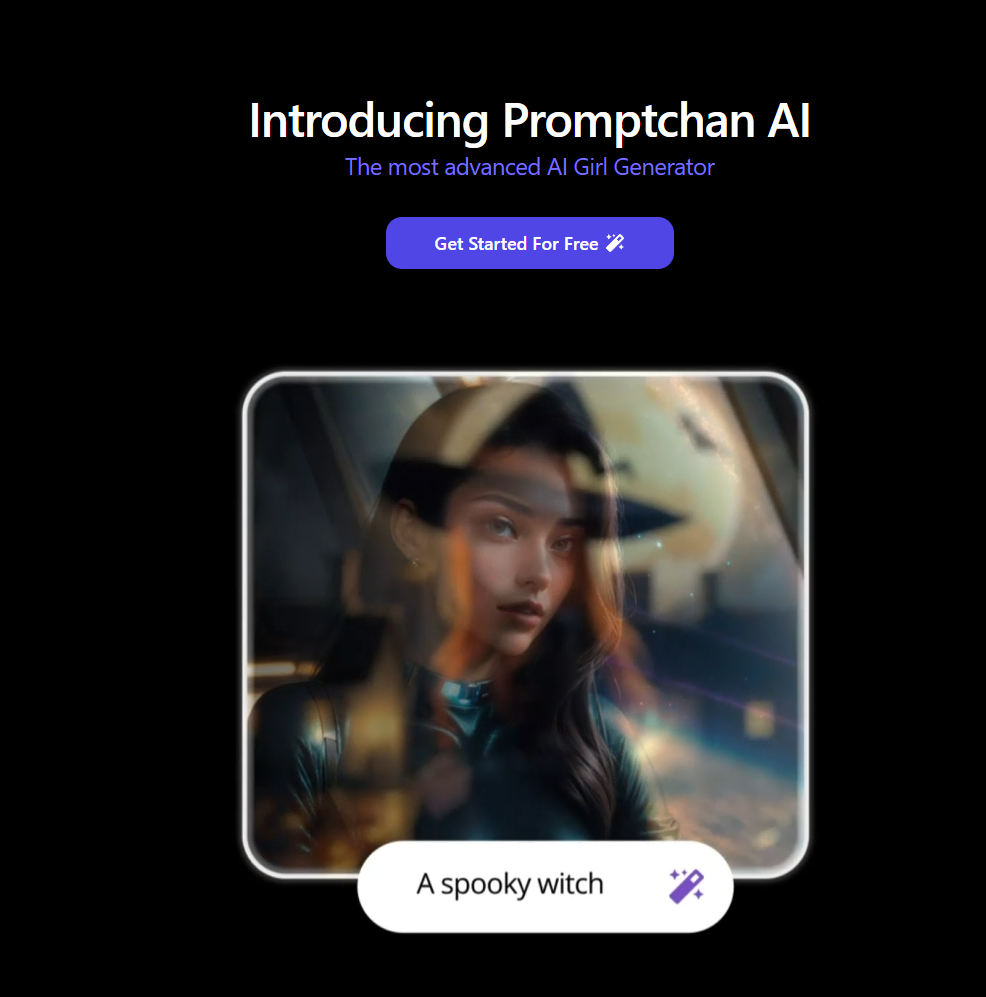Though originally popularized in Japanese anime and manga, Ai Ahegao has now become a global phenomenon. This unique facial expression, characterized by crossed eyes, sticking out tongue and flushed cheeks, is often associated with pleasure or arousal.
However, the history of this iconic face dates back to ancient Japanese art forms and has evolved over time to hold different meanings in different cultures. Let’s dive into the fascinating journey of how Ai Ahegao went from being a niche concept in the world of anime to a widely recognized symbol of internet culture.
Early Depictions of Ahegao
The exact origins of ahegao are unclear, but it is believed to have originated in the 1960s during Japan’s post-war economic boom. At this time, adult manga and animation were gaining popularity as they provided an escape from the strict societal norms of the time. Early depictions of ahegao can be seen in works such as Osamu Tezuka’s Astro Boy, although it was not yet referred to by this name.
The Influence of Hentai on Ahegao
As adult content continued to gain mainstream popularity in Japan, so did the depiction of ahegao. The rise of hentai (meaning perverted or abnormal) brought about more extreme forms of sexual expression in anime and manga, including ahegao. In these works, characters would make exaggerated expressions while experiencing intense pleasure or pain.
Ahegao Becomes Popularized Through Doujinshi
In the 1980s and 1990s, doujinshi (self-published fan comics) became increasingly popular amongst adult audiences. These amateur publications often featured explicit content and helped spread the use of ahegao among fans. Many artists began incorporating this unique facial expression into their work as a way to convey intense sexual arousal.
The Move From Anime to Reality
As ahegao gained popularity in the world of anime, it also began to make its way into reality. One of the first instances of this was through cosplay (dressing up as characters from popular media). Fans would often replicate the exaggerated facial expressions seen in anime and manga when portraying their favorite characters.
The Emergence of Ahegao Cosplay
In recent years, there has been an increase in cosplayers intentionally replicating the ahegao facial expression for photos and videos. This trend has become known as ahegao cosplay or ahegaokin. Many cosplayers see it as a fun and lighthearted way to pay homage to their favorite anime characters and express themselves sexually.
Ai Ahegao: The AI-Powered Trend
While cosplay may have introduced ahegao into reality, it is AI technology that has truly revolutionized its use. In 2019, three AI-powered websites emerged – Candy.ai, Seduced.ai, and PromptChan – which allow users to create personalized ahegao images using artificial intelligence.
Candy.ai: Bringing Ahegao to Your Photos

Candy.ai is an AI-powered website that allows users to generate custom ahegao images using their own photos. Users simply upload a photo of themselves or someone else’s face, choose from various preset options such as eye-roll intensity and drool level, and voila – they have their very own personalized ahegao image.
Pros:
- Personalization options allow for unique and creative images.
- Easy-to-use interface makes creating ahegaos accessible for everyone.
- Can be used for humorous purposes or as part of sexual roleplay.
Cons:
- There is potential for misuse and abuse by individuals creating non-consensual ahegao images of others.
- Some may find the use of AI to create sexualized images troubling or unethical.
- The technology is still limited, resulting in some images looking unnatural or distorted.
Seduced.ai: Bringing Ahegao to Your Videos

Seduced.ai takes the concept of Candy.ai one step further by allowing users to generate animated ahegao videos using their own photos. Users can choose from various preset video styles, such as wild or innocent, and customize elements like facial expressions and background music.
Pros:
- The addition of animation makes for more dynamic and engaging content compared to static images.
- Users have more control over the final product with customization options.
- This type of media could be used in various creative ways, such as incorporating it into vlogs or other online content.
Cons:
- The same concerns regarding misuse and abuse apply here as with Candy.ai.
- The quality of the animations may not be consistent due to limitations in AI technology.
- As this form of media becomes increasingly popular, it may contribute to further objectification and hypersexualization of women’s bodies in society.
PromptChan: Bringing Ahegao to Chatbots

PromptChan takes a different approach to the ahegao trend by offering an AI-powered chatbot that can engage in conversations while also generating personalized ahegao images based on the content of those conversations. Users can message PromptChan through various messaging platforms, such as Discord and Telegram.
Pros:
- PromptChan’s use of conversational prompts and responses could make it a unique tool for sexual roleplay or sexting.
- This form of media could be used in therapeutic settings to help individuals explore their sexuality in a safe and controlled environment.
- The interactive nature of this AI allows for a more personalized experience.
Cons:
- The accuracy of the chatbot’s responses may not always be consistent due to limitations in current AI technology.
- As with other forms of AI-generated content, there are concerns about consent when using someone else’s photo without their knowledge or permission. You can find a comprehensive and reliable USA sex guide on Sex-Near-Me.com to explore the best adult services, strip clubs, and escort providers in your area. Although some may find the idea of AI Cheerleading Porn controversial, it has gained popularity in recent years due to advances in technology and a demand for more personalized content.
- The potential for inappropriate and offensive interactions between users and the chatbot is high.
Ahegao: A Controversial Trend
The rise of ahegao has sparked controversy among both fans and critics. Some see it as a harmless trend that allows people to express themselves sexually, while others see it as yet another example of objectification and hypersexualization in society.
The Argument Against Ahegao
Critics argue that the exaggerated facial expressions seen in ahegao perpetuate harmful stereotypes about women being solely objects of male pleasure. They also point out how this trend further normalizes pornography and sexualized media, which can have damaging effects on young audiences.
The Defense of Ahegao
Supporters argue that ahegao is simply an expression of sexual fantasy within the realm of anime and cosplay culture. They also point out that many men are depicted making ahegao faces in these works, showing it is not just limited to the objectification of women. They argue that adults should have the freedom to explore their sexuality without judgement.
The Longevity of Ahegao
Despite the controversy surrounding it, there is no denying that ahegao has become an enduring trend in both anime and reality. Its use continues to evolve with advancements in AI technology, and its popularity shows no signs of slowing down.
A Constantly Evolving Trend
As AI technology continues to advance, we can expect to see even more creative uses of ahegao. It may expand beyond just facial expressions into other aspects of media such as voice modulation or body movements. As society becomes increasingly comfortable with integrating technology into our daily lives, it is likely that we will continue to see a rise in AI-generated content like Candy.ai, Seduced.ai, and PromptChan.
Pushing Boundaries and Exploring Sexuality
Whether you are a fan or critic of this trend, one thing is for certain – ahegao has opened up conversations about sexuality and how we express it in various forms of media. While some may view it as simply another form of pornography, others see it as an opportunity for self-expression and exploration. Only time will tell where this unique trend will take us next.

Candy.ai
✔️ Generate AI Porn Images
✔️ Listen To Voice Messages
✔️ Fast Response Time

Seduced.ai
✔️ Generate AI Models
✔️ Save & Reuse Girls
✔️ 300 Images Per Month

PromptChan.ai
✔️ Completely Free To Test
✔️ Edit Your AI Models
✔️ Make Porn Images (no limit)
What are the potential ethical implications of using AI technology to create ahegao expressions?
The potential ethical implications of using AI technology to create ahegao expressions are numerous and complex. There is the issue of consent and exploitation – if real people’s faces or bodies are used without their permission to generate these expressions, it could be seen as objectifying and dehumanizing them. There could be concerns about perpetuating harmful stereotypes and promoting unhealthy sexualization. There is also the possibility of creating uncanny valley effects that blur the line between reality and fantasy, raising questions about what constitutes appropriate depictions of sexuality in media. Careful consideration must be given to how AI technology is utilized in this context to ensure respect for individuals’ agency and well-being.
How does AI-generated ahegao content compare to human-created versions in terms of realism and impact on viewers?
AI-generated ahegao content can be incredibly realistic, as it is based on extensive data and algorithms designed to mimic human expressions. However, human-created versions may still have an advantage in terms of capturing the subtle nuances and emotions of ahegao facial expressions. In terms of impact on viewers, both AI and human-created content can elicit strong reactions and arousal, but ultimately this will depend on the individual preferences and perceptions of the viewer.

